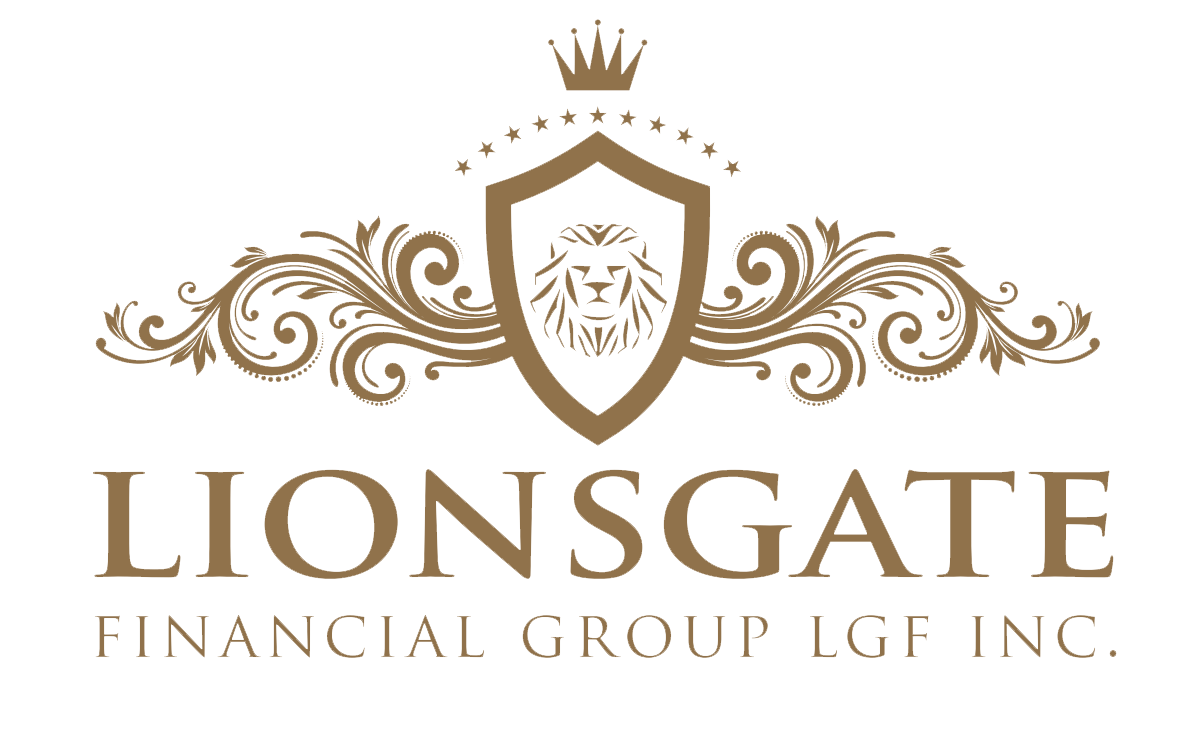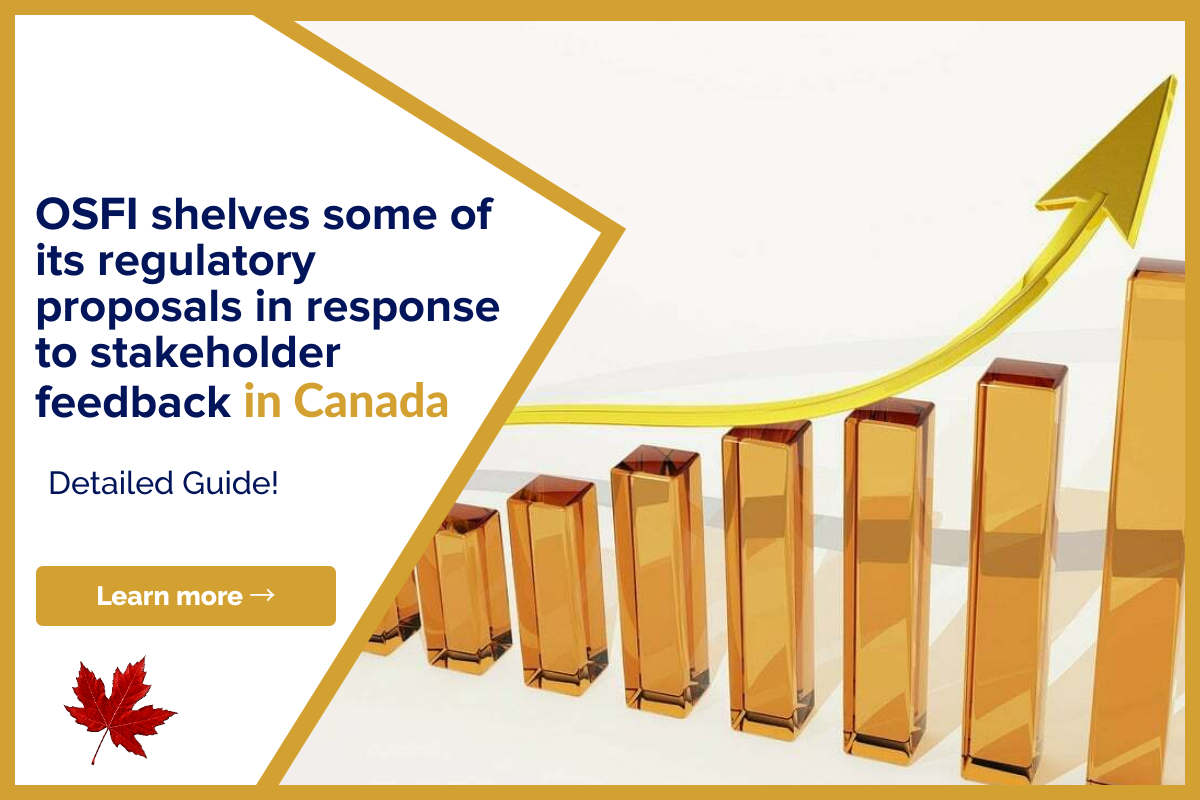During the early days of the mortgage business, brokers would require a lot of paperwork…

How to Get the RESP Grant in Canada
Now you can listen to our blog post, “How to Get the RESP Grant: A Comprehensive Guide” while on the go.
Planning for your child’s education is a crucial aspect of parenthood. One of the most beneficial ways to save for their future education expenses is by taking advantage of government grants available through Registered Education Savings Plans (RESPs).
In this comprehensive guide, we will walk you through the process of obtaining the RESP grant, including the types of grants available, eligibility criteria, and how to maximize your contributions to make the most of this opportunity.
Understanding RESP Grants
a) Canada Education Savings Grant (CESG):
The primary grant available for RESPs is the Canada Education Savings Grant (CESG). The CESG is a matching grant provided by the Canadian government, designed to incentivize parents to save for their child’s post-secondary education.
b) Additional Grants:
In addition to the CESG, certain families may be eligible for additional grants, such as the Canada Learning Bond (CLB). The CLB is a grant specifically aimed at lower-income families and offers additional support for their child’s education savings.
Eligibility for RESP Grants
a) Age Requirements:
To be eligible for the CESG, the child must have a valid Social Insurance Number (SIN) and be under the age of 18. The CLB also has age requirements, with the government providing grants until the child turns 15.
b) Citizenship and Residency:
Both the CESG and the CLB have specific requirements regarding the child’s citizenship and residency status. Typically, the child must be a Canadian citizen and a resident of Canada.
c) RESP Contributions:
To receive the CESG, you need to make regular contributions to the RESP. However, there is no contribution requirement to be eligible for the CLB.
Types of CESG Grants
a) Basic CESG:
The basic CESG matches 20% of the contributions made to the RESP, up to a maximum of $500 per year. This means that for every $2,500 contributed annually, the government provides a maximum grant of $500.
b) Additional CESG:
There are two additional CESG grants available for families with lower income. The Additional CESG provides an extra 10% or 20% on the first $500 contributed annually, depending on the family’s income level.
Maximizing RESP Grant Contributions
a) Catch-Up CESG:
If you haven’t contributed the maximum $2,500 per year in previous years, you may be eligible for the Catch-Up CESG. This grant allows you to carry forward unused CESG contribution room from previous years, up to a maximum of $1,000 per year.
b) Lifetime CESG Limit:
Keep in mind that there is a lifetime limit on the CESG grant per child, currently set at $7,200. Ensure that you plan your contributions accordingly to maximize the grant received.
Applying for RESP Grants
a) Opening an RESP Account:
To apply for the RESP grant, you need to open an RESP account with a registered provider. Choose a reputable financial institution or organization that offers RESPs and meets your investment preferences.
b) Completing the Grant Application:
Once your RESP account is set up, you can apply for the CESG and other grants. Fill out the required application forms provided by your RESP provider and submit them along with the necessary documentation, such as the child’s SIN and proof of residency.
c) Automatic Grant Applications:
Many RESP providers offer automatic grant applications, where they apply for the CESG on your behalf. This simplifies the process and ensures that you don’t miss out on any potential grants.
Managing RESP Grants and Contributions
a) Regular Contributions:
To maximize the grants received, make regular contributions to the RESP. Aim to contribute a maximum $2,500 per year to take full advantage of the CESG.
b) Monitoring Grant Eligibility:
Monitor your child’s eligibility for grants as they grow older. Ensure that you meet the required criteria each year to continue receiving the CESG and other grants.
c) Investing RESP Funds:
Choose appropriate investment options for your RESP funds based on your risk tolerance and investment goals. Consult with a financial advisor if needed to make informed investment decisions.
Conclusion
The RESP grant is a valuable resource that can significantly assist parents in saving for their child’s post-secondary education. By understanding the types of grants available, eligibility criteria, and how to apply, you can take full advantage of the RESP program.
Maximize your contributions, monitor grant eligibility, and make informed investment decisions to ensure that your child’s education fund grows effectively. By leveraging the RESP grants, you are investing in your child’s future and providing them with the financial support needed to pursue their educational aspirations.
Need Some Extra Cash to Help Your Finances? Try Lionsgate!
Are you struggling with your financial needs and need some extra cash? Lionsgate can help. Just fill out the form below, letting us know all your money or mortgage requirements, and we will find the best lender for you. Amazing thing? The process is free, and you can quit it at any time.
We have a team of experts that analyze your requirements and pick the best lender for you with prudent advice.
Note: Please give your authentic information while completing the form below.
Please share this article on your social media profiles if you found it helpful. Also, visit our blog to read similar helpful articles on finance, real estate, and getting mortgages.




